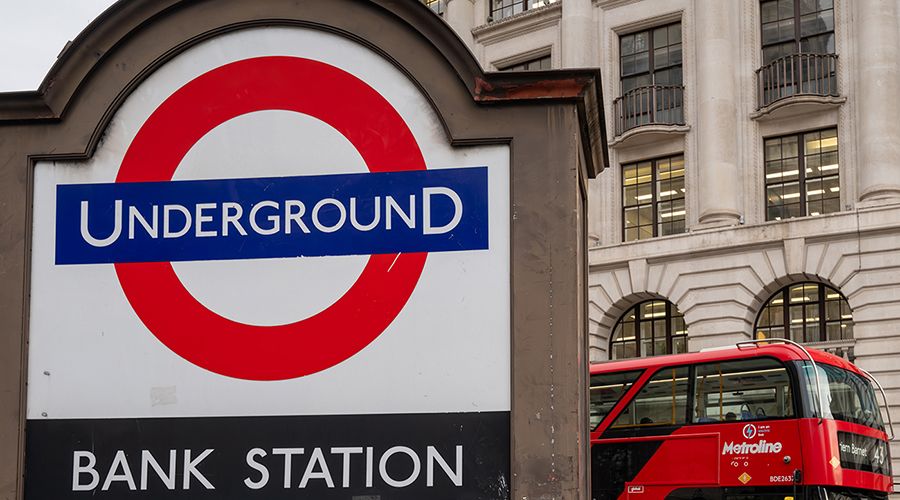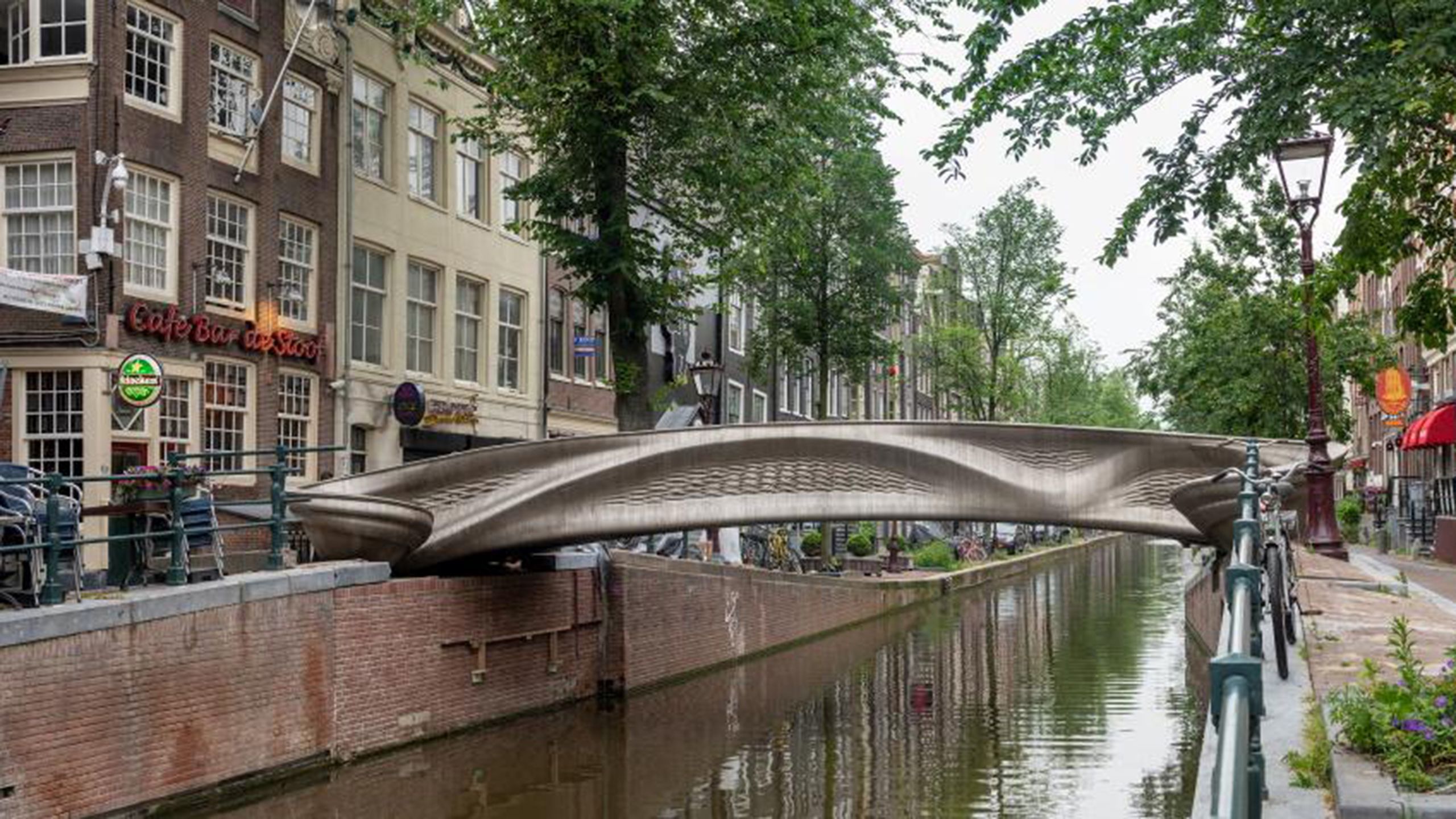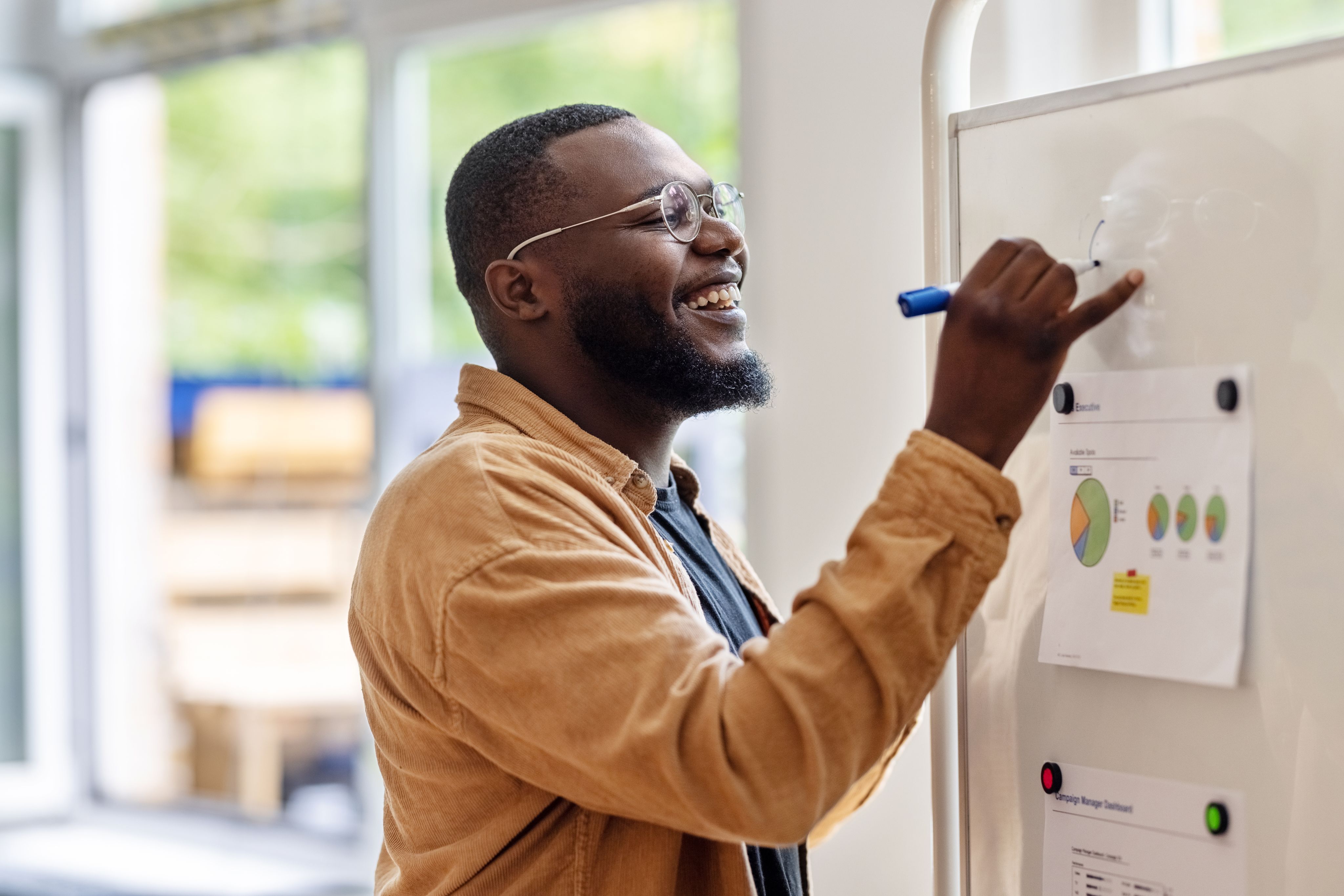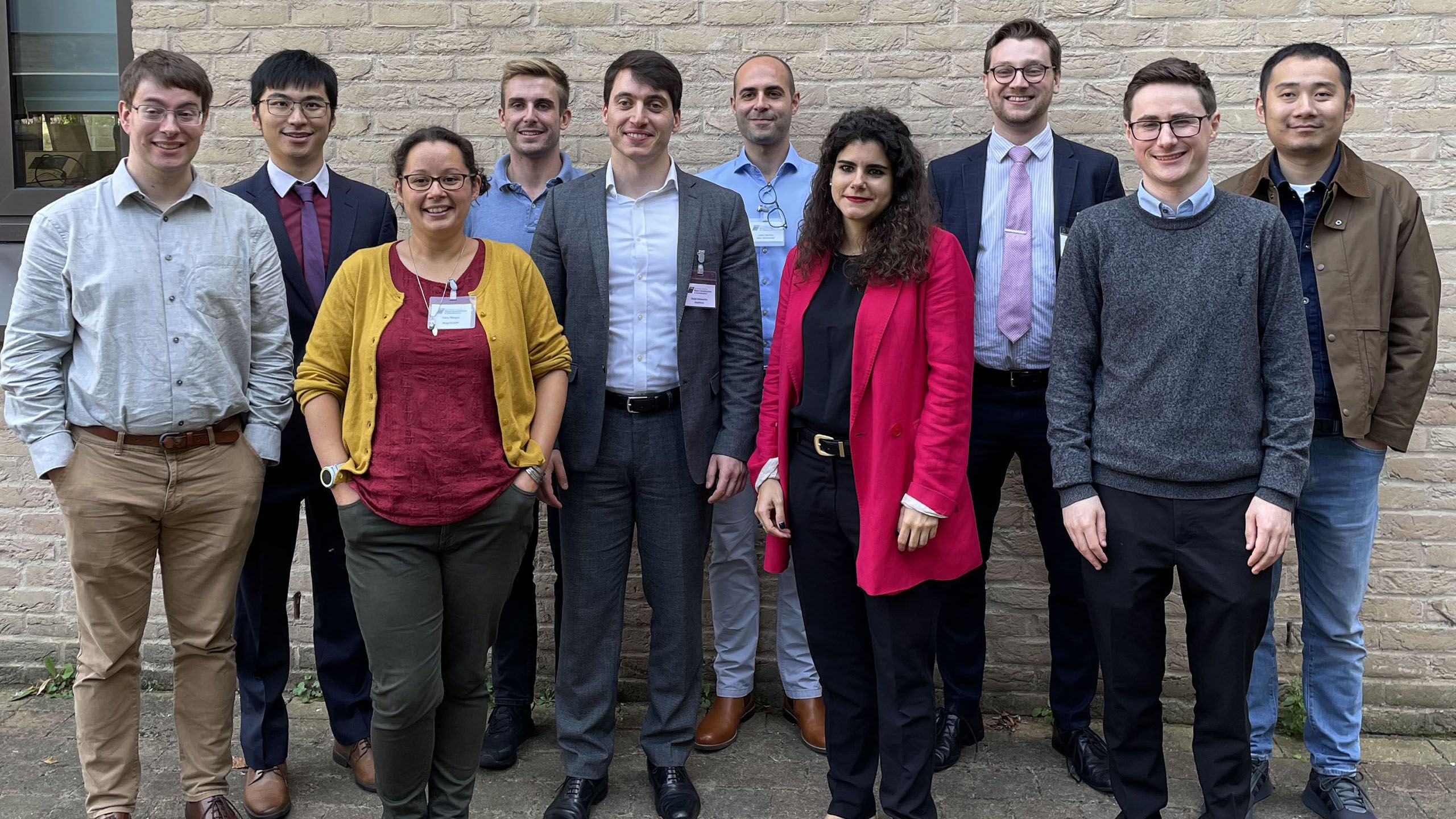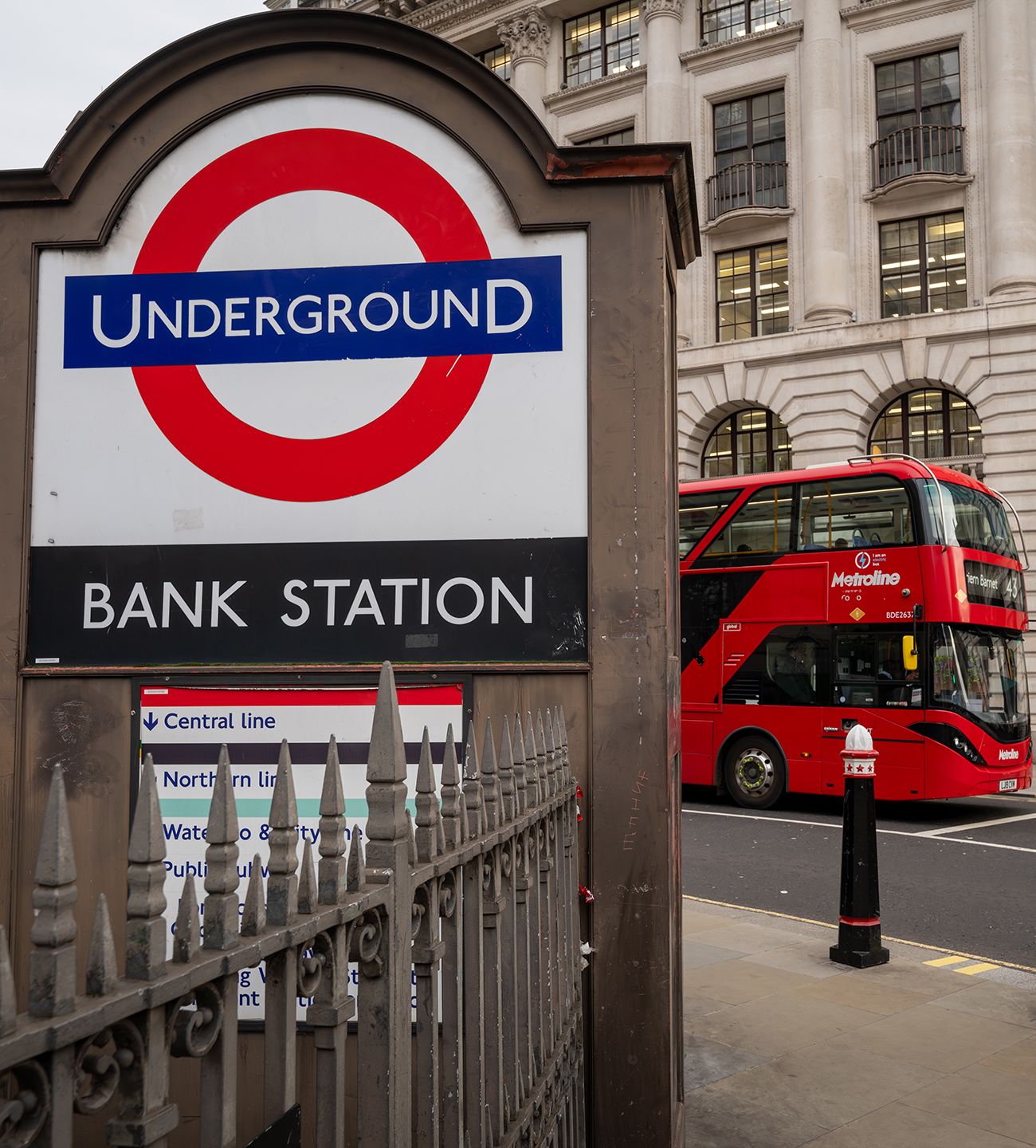Building a more sustainable world
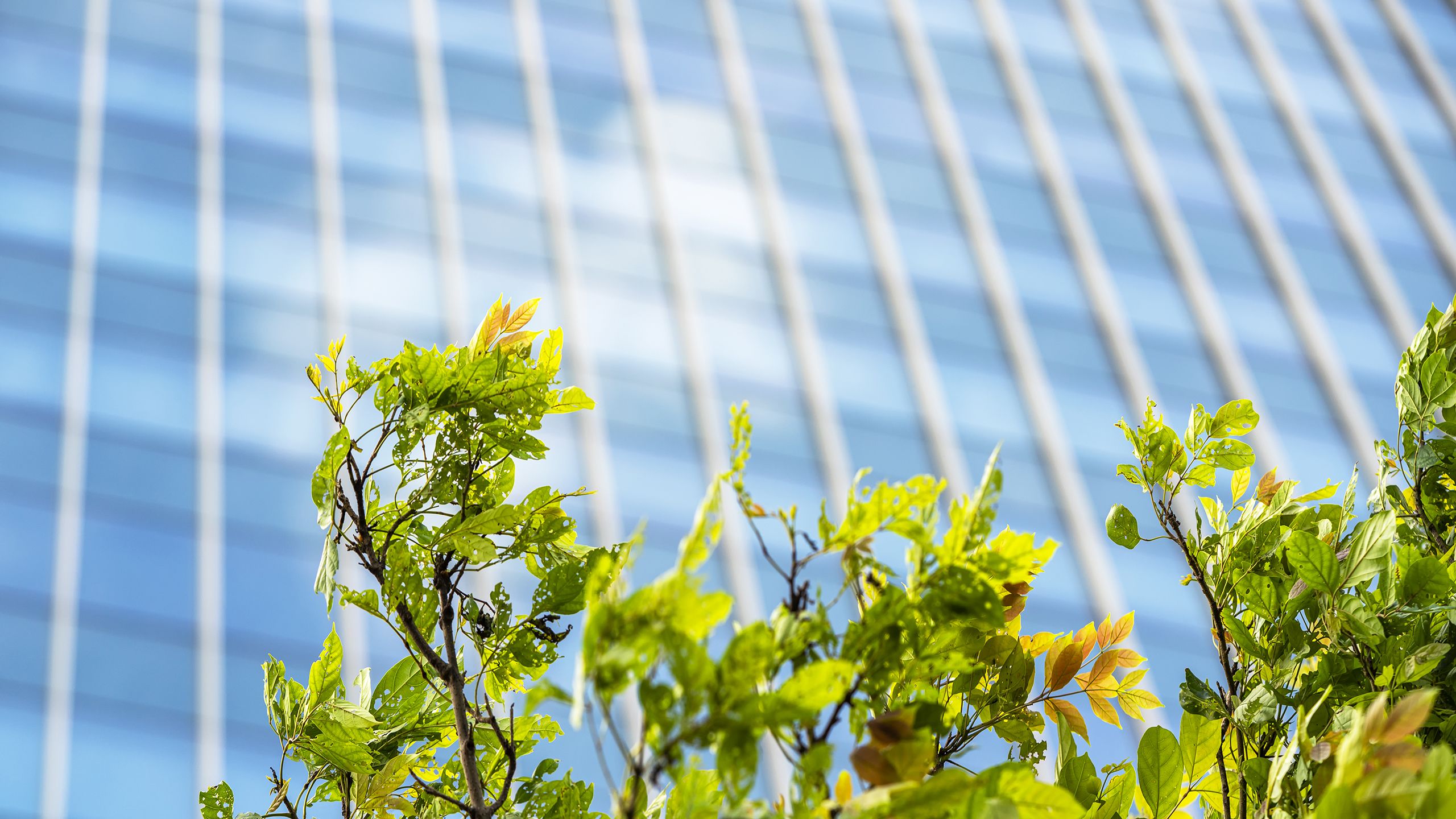
Arup is a global engineering and sustainable development firm with designers, consultants and experts working across 140 countries.
Arup and Cambridge have been working together since the 1960s.
Today, the partnership is focused on harnessing new digital technologies to build a more sustainable world.
Together we have:
- worked on 30+ research collaborations, in engineering, architecture, geography, land economy, earth sciences and maths
- co-authored 60+ academic papers
- changed the way professionals are taught
- and developed new technologies that make our world safer and more sustainable.
Some of this work has been supported by the Ove Arup Foundation, a charity dedicated to promoting its founder's philosophy of 'total design'.
Arup and Cambridge have been working together for more than 60 years and the relationship between Cambridge and the Ove Arup Foundation goes back to the early 1990s.
Talk to anyone involved and it quickly becomes clear why these partnerships have proved so fruitful and enduring.
Both Arup and Cambridge attract what Dame Jo da Silva, Arup's Global Director of Sustainable Development, describes as "incredibly smart people", all of whom are intent on bringing about positive change across the sector through new technologies and a better understanding of how they can be applied.
Collaboration and a multidisciplinary approach underpin everything the partners undertake, whether it's solving research problems or transforming how professionals are taught - in a way that has been hugely influential around the world.
Here are just a few of the ways in which the Cambridge-Arup partnership is helping to build a more sustainable world.
Making infrastructure smarter
In 2010, Professor Lord Robert Mair, founder of Cambridge's Centre for Smart Infrastructure and Construction (CSIC), saw an opportunity to use the latest ideas in sensing technologies and apply them to infrastructure.
"At the time, sensors were being widely used in sectors such as aerospace, so that engineers knew how every bit of their assets were performing at all times."
"However, the same could not be said of the world of infrastructure. Kenichi Soga (now a professor at University of California, Berkeley) and I could see that these sensing technologies would allow us to understand how vital assets are performing - and if remedial action needs to be taken."
In 2011, CSIC was established in Cambridge with funding from Innovate UK, EPSRC and 28 industry partners, including prime mover and supporter, Arup.
From it emerged new methods and techniques to use distributed fibre optic sensing (DFOS) for monitoring civil infrastructure. DFOS transformed the way changes in strain and temperature are measured, making it possible to assess the engineering performance of structures such as foundation piles, tunnels, retaining walls, pipelines and bridges.
The development of DFOS was a key pillar of the new Centre's activities, and one in which Arup had a key role. Mair said: "As a leader in the field, Arup has always been wedded to the importance of measurement and they have been hugely instrumental in both the development and deployment of the DFOS technology."
Jennifer Schooling, former Director of CSIC (now at Anglia Ruskin University), explained why working with Arup was so instrumental in the development of DFOS.
"Doing good science is one thing, but we needed help to turn it into something that's useable by industry. That's where Arup came in, helping us to codify how DFOS should be used in practice and working with their clients to show them its benefits. The intellectual 'oomph' was very much a joint effort between Arup and Cambridge."
Bank Station
Bank is one of London's busiest underground stations. By 2016, around 98 million passengers a year were using it and not finding it a pleasant experience. To alleviate the problem, Transport for London decided to increase the station's capacity by 40%. This meant building new tunnels under some of the capital's busiest streets.
Mair explained: "It became clear that the tunnelling team would need to cut through some of the foundation piles supporting a large office block."
"DFOS meant we could tell what was going on as the construction team worked to sever the piles and replace them with concrete supports that would ensure the building stayed safe."
Exposed under-ream pile prior to cutting
Exposed under-ream pile prior to cutting
Sure enough, it worked. The team was able to monitor the strain induced in the piles, as well as the settlement of the building - which was minimal. The work was carried out safely, with no structural repercussions.
A mathematical bridge
In 2021, the world's first 3D-printed steel bridge was unveiled in Amsterdam by Queen Máxima of the Netherlands.
Mark Girolami, who became the Sir Kirby Laing Professor in Civil Engineering on the retirement of Lord Mair, and is chief scientist of the Alan Turing Institute explained how he got involved.
"Arup was brought in to do the structural design and it soon became clear that because the engineers were working with what was effectively a new material and a new way of building, the standard design tools weren't working."
"We realised we were going to need new mathematics, new statistics and new computing. This led to an accelerated research programme that resulted in the redesign of these tools from a theoretical level all the way through to actual deployment."
"Following on from that, the Royal Academy of Engineering awarded a fellowship to an Arup scientist, Ramaseshan Kanan, so that he could come to Cambridge and continue work on the development of tools that will be needed as 3D printing is used more widely for building and to monitor the performance of existing structures."
As well as being an exciting testbed for new materials and construction techniques, the other ambition for the 3D bridge was to show that it is possible to measure the performance of a structure over time.
Girolami and team created a digital twin of the bridge fed by a hundred sensors attached to the actual bridge, enabling its engineers to monitor strain, movement, vibrations and weather conditions as people cross it and assess how the bridge is faring, alerting them if problems occur and when maintenance might be required.
For Kanan, the collaboration with Professor Girolami, and the connection into wider Cambridge and Turing communities has been invaluable for his RAEng Industrial Fellowship.
"We have been able to develop and explore algorithmic techniques to a range of problems within decarbonisation and resilience in the built environment.
"The engagement has shown a deep alignment between Cambridge and Arup to work on these themes and has given us a solid foundation on which we plan to build further collaborations."
Understanding flood risk
"We’re facing a losing battle against rising sea-levels," says Tom Spencer, Emeritus Professor of Coastal Dynamics, and Director of Cambridge's Coastal Research Unit. "And we’re going to see more extremes as we move towards the end of the century."
Being able to anticipate floods accurately is going to be increasingly important for governments and communities around the world.
"But until relatively recently", explained Arup alumnus Mike Dobson (now the new energy sector lead for the marine environment at Crown Estate), "although we were trying to make good decisions, the tools at our disposal were pretty static. Lots of modelling, lots of economics presented in a report. We wanted to see what else was possible and bring it to life in a way that policymakers in particular could understand. Cambridge University managed to unblock the complex modelling which allowed us to do that.”
Hull was chosen as a pilot site for the new approach because of its geography and susceptibility, with around 100,000 properties potentially at risk of flooding.
Spencer explained, "Arup had been working there for decades, so they knew what data sets were around, and they had a very strong link to the Environment Agency in Hull."
"The real power of the Cambridge–Arup approach here," he continued, "is that it considers a huge number of potential options. So you can really play with all sorts of different things, such as the height of your flood defences, your storm surge conditions, your sea level. It just runs thousands of combinations of these things really pretty quickly. The computing power behind it is huge."
The Cambridge modelling and the sea-level rise insights tool has given the Arup team new levels of data and new opportunities to improve insight for decision-makers.
Can it be applied in places beyond Hull? "Absolutely," said Dobson, "wherever local levels of sea and land are known. We’ve worked with Cambridge to design the whole process to be replicable. We want it to be globally applicable.”
New skills for a changing world
Back in 1991, the Ove Arup Foundation organised what its former chair of trustees (and former Arup Group Chairman) Terry Hill, described as "a landmark day-and-night workshop" at Madingley Hall in Cambridge to discuss the future of engineering education.
Out of that exhaustive discussion emerged a proposal from Cambridge for a new part-time master's degree offered jointly by the Departments of Architecture and Engineering.
Hill explained: "Back then, architects and engineers tended not to work closely with one another. We wanted to change all that so we funded the development of what became the Master's in Interdisciplinary Design for the Built Environment (IDBE).
When it started, it was the only course of its kind, teaching engineers alongside architects. Over time this expanded to bring in the whole gamut of disciplines involved in the built environment, including people with finance and investment backgrounds, surveyors, project managers, designers and planners.
As the environmental impact of the way we live our lives has become an increasingly stark reality, the course has evolved to focus on sustainability and resilience, under a new title, Sustainability Leadership for the Built Environment.
The Ove Arup Foundation is an educational charity set up in memory of Sir Ove Arup with the express purpose of bringing together - and advancing the knowledge of - the different disciplines involved in the creation of our built environment.
Now run by the Cambridge Institute for Sustainability Leadership (still in partnership with the Departments of Engineering and Architecture) it remains true to its original vision of bringing together different disciplines to develop and share their knowledge to build a better world.
Digital Cities for Change
"In 2015, everyone was talking about digitalisation and smart cities," said Faith Wainwright, one of the Ove Arup Foundation's current trustees. "At the time, we could see there were huge opportunities coming down the line, thanks to these new technologies, which could help us understand what really makes a city liveable and sustainable.
"But we wanted to understand how they could transform the way we develop and manage the built environment, not just from an engineering 'hard-wired' perspective, but also from the point of view of the people whose lives they would affect.
"The goal was always to establish an education programme for practitioners where this new knowledge could be taught in an interdisciplinary way, just like IDBE. But before we could get to that point we needed to understand what we going to be teaching so we started by funding research at CSIC, led by Jennifer Schooling."
"One of the big challenges we were all very aware of," said Schooling, "is that a lot of smart city initiatives seem to founder. A common factor is that they tend to be driven by technology rather than need which means that the companies who were implementing them weren't properly considering how people would use them or how they would be delivered and managed over the long-term."
"Of course you need to understand what the digital technologies can and, crucially, can't do but you also need to know how they will land.
"As a result of our research, we developed a digital innovation process map that guides you through the planning and testing while creating an enabling environment and embeds the outcomes."
"One thing we have learnt is that you need to start with understanding the public value of what it is you are trying to deliver, then work out what the role of digital is in delivering that (if any), and then pilot it."
All of Schooling and team's work has gone into designing a suite of new Digital Cities for Change education programmes ‘Leadership of Urban Digital Innovation for Public Value - LeadUp’ - a one-year certificate, a two-year diploma or a three-year master's - aimed at a mix of people from the public and private sectors.
Developing sustainability leadership at Arup
Another path to driving change in the industry is through equipping leaders at Arup with the capabilities they need to deliver change through their work with clients.
This is where another Arup-Cambridge partnership comes into play. Around five years ago, Arup recognised the need for a bespoke programme that would give its senior leaders access to some of the latest thinking on sustainability in the built environment across a range of disciplines and help them apply that thinking in their work.
Dame Jo da Silva, Arup's Global Director of Sustainable Development, explained: "When I took on this role I was trying to create transformative change in the firm, so that everything we do contributes to a sustainable future and a key part of that is strengthening Arup's leadership on this issue."
"The programme we developed with the Cambridge Institute for Sustainability Leadership's was predicated on really rigorous research and an impressive diversity of contributors. We have been running the course for three years now and it has been genuinely game-changing."
For CISL's Programme Director, Elodie Cameron, the relationship with Arup is very much a two-way street. "Being able to work with a like-minded client to co-create and co-deliver a programme, enables us to really drive change."
Empowering the next generation of industry leaders
CSIC’s Early-Career Academics and Professionals Panel (ECAPP)
Ever mindful of the need to move the sector forward, Arup and Cambridge (and other key industry players) have collaborated on an initiative designed to give younger researchers and practitioners more of a voice.
Dr Lizzy Moyce, Research Development Manager at Arup, explained: "The idea is that between eight and ten of us representing different parts of the smart infrastructure and construction sector are able to bring a fresh perspective - as well as giving us the opportunity to network and develop our careers."
Now in its second year, ECAPP has made a strong start. The panel is intended to complement CSIC's steering committee which provides mentoring for the various ECAPP workstreams.
ECAPP has run a series of workshops with senior leaders, at which Moyce says: "We're challenging the views of those people who are holding the senior positions and saying 'we don't think that's quite right from our perspective coming up through the industry'."
The first ECAPP cohort
The first ECAPP cohort
And the panel is already having an impact. Moyce and colleagues have submitted a paper to the Joint Board of Moderators which oversees engineering courses in the UK. "We highlighted that a lot of digital content is not yet making its way into the curriculum and on the back of that we've been invited to give a talk to the Institution of Civil Engineers (ICE).
A call to action: addressing the climate emergency
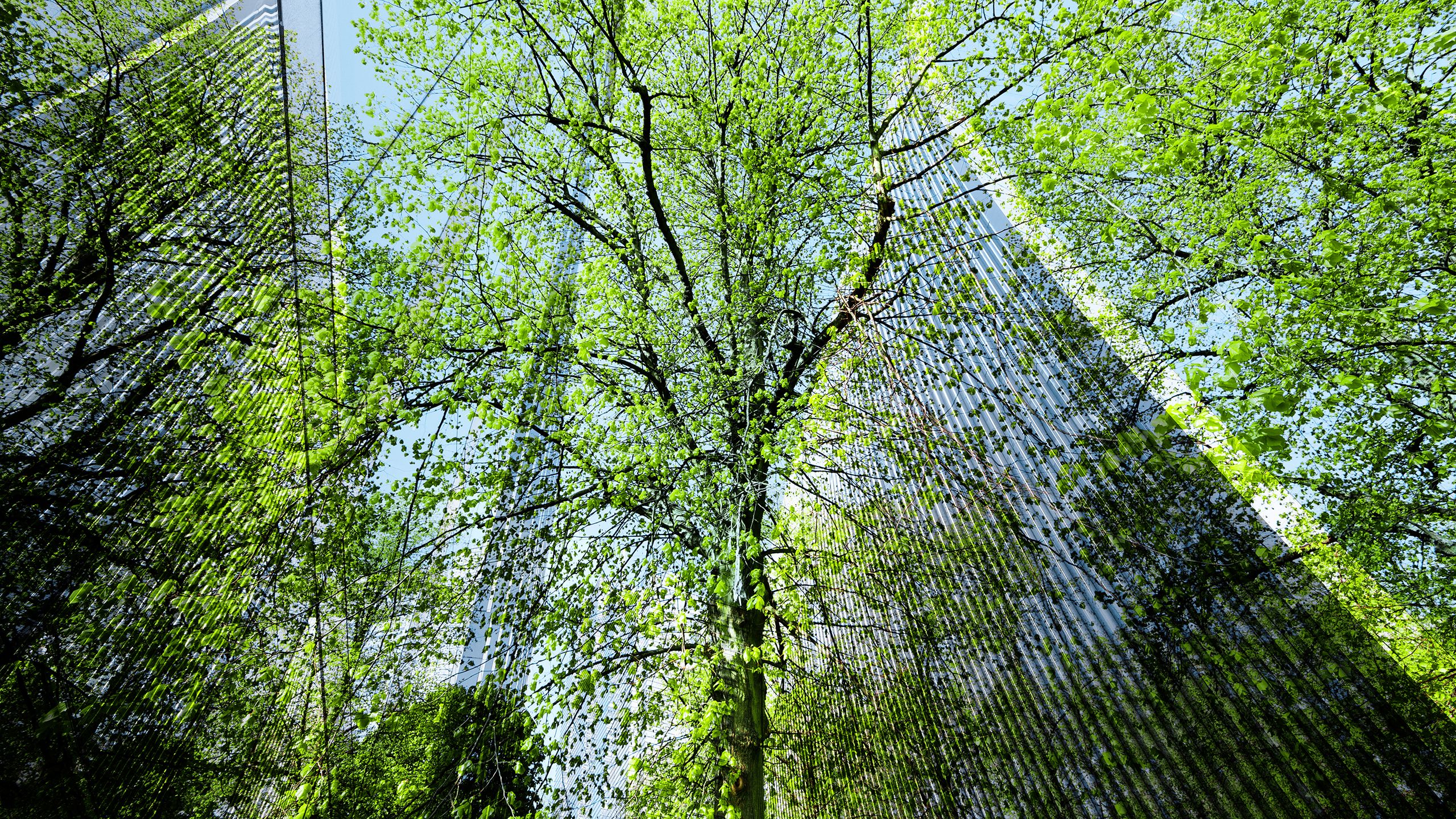
Prior to COP26 (in 2021), Jo da Silva was looking for a way to communicate to the industry as a whole the need to address the climate emergency not just by reducing carbon emissions but by addressing the system as a whole.
One of the ways she set about this was to publish Reduce, Restore, Remove: a call to action, written by Arup experts with a foreword by Professor Shaun Fitzgerald, Director of the Centre for Climate Repair. For Fitzgerald, working with companies such as Arup is key to bringing about change:
“It’s fantastic that Arup is taking a leadership role in addressing this kind of systemic change. If we are to make progress, we need to continue our work together to develop the solutions and take the urgent actions that are needed.”
As we celebrate more than six decades of partnership, the strong connections between the Ove Arup Foundation, Arup and Cambridge, stand as a testament to the transformative power of collaboration and innovation in shaping the future of infrastructure.
As da Silva says: "Partnerships work when they are of mutual benefit. We can do things with Cambridge that we couldn't do on our own. It works because there is strong cultural alignment between us."

The text in this work is licensed under a Creative Commons Attribution 4.0 International License.
Published 19 September 2024
Photography from top:
Banner image: Getty Images: credit: Prapass Pulsub
Bank Underground Station: Getty Images: credit: Jonathan Wilson
Exposed under-ream pile prior to cutting: credit: Transport for London
'3D bridge': credit: MX3D: Thea van den Heuvel
Humber Bridge: Getty Images: credit: hutchyb
Skills for changing world: Getty Images: credit: 10,000' Hours
Digital cities: Getty Images: credit: lupengyu
Sustainability leadership: Getty images: credit: Luis Alvarez
ECAPP: credit: University of Cambridge
Climate emergency: Getty Images: credit: Prapass Pulsub

